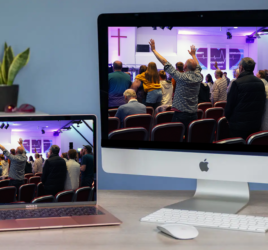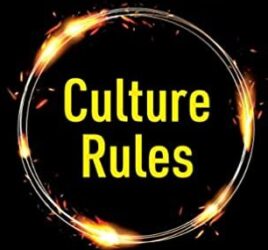If The Thin Book of Appreciative Inquiry teaches you how to leverage positive experience to create vision and energy for a better future, The Thin Book of SOAR shows you how to build a framework around Appreciative Inquiry (AI) so that it can be used for strategic planning purposes within organizations of any size. This thin book does not go into depth on strategic planning, but gives “the why, what, how, and who of SOAR so that by the end … [you] will have confidence to try SOAR.”[1] After defining SOAR and explaining the difference about and essence of SOAR, the authors outline the 5-I Approach of AI as it is integrated into the SOAR framework. A number of case studies are presented to show how SOAR has successfully been implemented in various organizational contexts, including non-profits, for-profits, and public institutions.
SOAR stands for Strengths, Opportunities, Aspirations, and Results. Unlike SWOT, which includes Weaknesses and Threats, SOAR turns both these negatives around into positives and treats them all as Opportunities. The next question then becomes, “Considering Strengths and Opportunities, who should we become?”[2] These Aspirations are then translated into measurable Results. To implement SOAR, the authors have found the 5-I process to be most helpful. The five “I’s” stand for Initiate, Inquire (into strengths), Imagine (the opportunities), Innovate (to reach aspirations), and Inspire to Implement (to achieve results).[3]
Having familiarized myself with AI and studied how AI can be implemented in a congregation through a series of interviews, it was really helpful for me to read this thin book and find a useful and flexible framework to integrate into our own strategic planning process. SOAR is usually initiated by leadership and done with groups, both small and large. The Inquire stage can include all, segments, or representative groups of the stakeholders, depending on the size of the organization. Most of the examples bring the stakeholders into the same room, except for multi-level departmental organizations (like John Deere) or multi-geographic locations (like a government agency). The Imagine stage also draws on this wide group. These ideas are then worked on in teams to transform them into doable projects.
As our church leadership is keen on using AI as a positive approach to generating broad ownership of our strategic planning process, I intent to use SOAR as the framework for implementation. We will start off with a segmented group meeting of experts in various sectors to inquire about the opportunities in the city over the next five years. We will both do individual interviews and utilize existing group meetings (i.e. youth, young adults, and women’s Bible study) to ask the AI questions. We will also hold an open “Pray4Vision” day as part of the process. This will certainly lead to innovative ideas and inspiring goals and projects. One concern, though, as I read through this thin booklet is that this process will lead to a potentially thick pile of input which will need to be processed. However, beyond producing great ideas, “SOAR transforms the way people in organizations think and work,”[4] and that is definitely worth all the effort.
By Jacob Bloemberg
[1] Jacqueline M. Stavros and Gina Hinrichs, The Thin Book of Soar, Thin Book (Bend, OR: Thin Book Publisher Co, 2009), 4.
[2] Ibid., 11.
[3] Ibid., 29.
[4] Ibid., 28.




